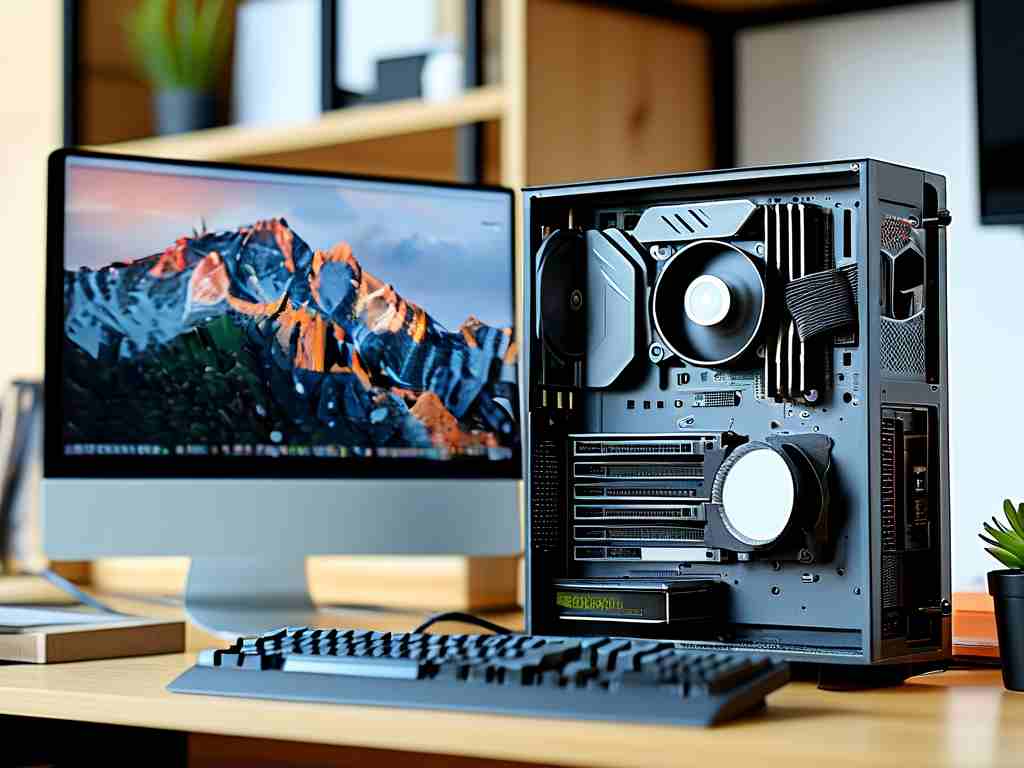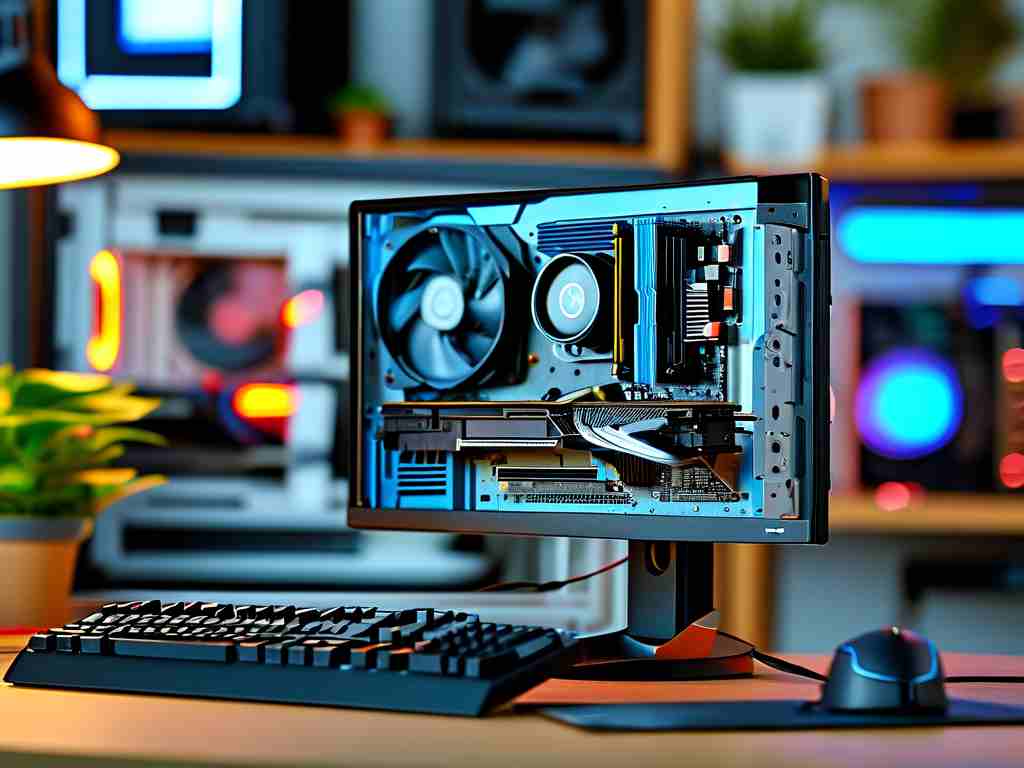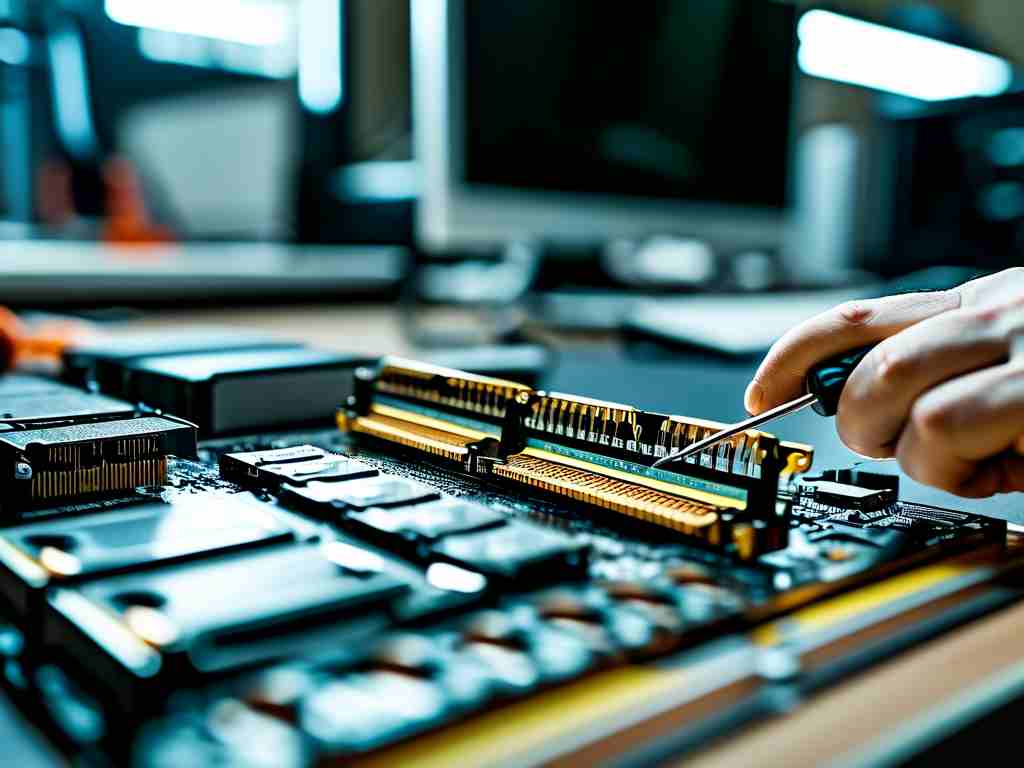Upgrading your computer's memory is one of the most effective ways to boost performance, but determining the right amount requires careful consideration. Whether you're a casual user or a power user, understanding your system's requirements and workload demands will ensure a successful upgrade.

Understanding RAM Basics
Random Access Memory (RAM) temporarily stores data for active applications, allowing your CPU to access information quickly. Insufficient RAM forces your system to rely on slower storage devices like SSDs or HDDs, creating bottlenecks. Modern operating systems like Windows 11 or macOS Ventura typically require at least 8GB for basic multitasking, but this baseline varies depending on usage patterns.
Workload-Specific Requirements
For everyday tasks such as web browsing, email, and document editing, 8GB of RAM remains adequate. However, users running resource-intensive applications—video editors using Adobe Premiere Pro, 3D designers in Blender, or gamers playing AAA titles—should aim for 16GB or higher. A common mistake is underestimating background processes: antivirus software, browser tabs, and system utilities collectively consume significant memory.
Developers working with virtual machines or containerized environments may need 32GB or more. For instance, running multiple Docker containers while testing code can quickly exhaust 16GB systems. Similarly, data scientists processing large datasets in Python or R benefit from 64GB configurations to minimize computational delays.
Hardware Compatibility Checks
Before purchasing RAM modules, verify your motherboard's specifications. Key factors include:
- Maximum Supported Capacity: Older motherboards might cap at 32GB, while newer models support 128GB+.
- RAM Type: DDR4 remains standard, but DDR5 adoption grows for high-end builds.
- Speed and Timing: Mixing mismatched RAM speeds can cause instability.
Use tools like CPU-Z (Windows) or System Information (macOS) to identify current RAM specs. For example:
wmic memorychip get Capacity, Speed, MemoryType This Windows command reveals installed RAM details.
Dual-Channel and Future-Proofing
Installing RAM in dual-channel mode (paired sticks) improves bandwidth by 15–20%. For a 16GB setup, use two 8GB sticks instead of one 16GB module. Future-proofing is another consideration—opting for slightly more RAM than currently needed accommodates software updates and evolving workflows.
Budget and Brand Selection
While premium brands like Corsair and G.Skill offer robust warranties, budget-friendly options from Crucial or Kingston deliver reliable performance. Avoid counterfeit products by purchasing from authorized retailers. For laptops, ensure the RAM is SODIMM-formatted; desktops use standard DIMM modules.
Installation Best Practices
Always power off your device and ground yourself to prevent electrostatic discharge. Align the notch on the RAM stick with the slot on the motherboard, then press firmly until the clips snap into place. After installation, run a memory diagnostic tool like MemTest86 to verify stability.
The ideal RAM capacity depends on your unique needs. Start by analyzing task manager data during peak usage—if memory utilization consistently exceeds 75%, an upgrade is warranted. Balancing performance gains with budget constraints ensures a cost-effective solution. By following these guidelines, you’ll unlock smoother multitasking, faster load times, and an overall enhanced computing experience.









